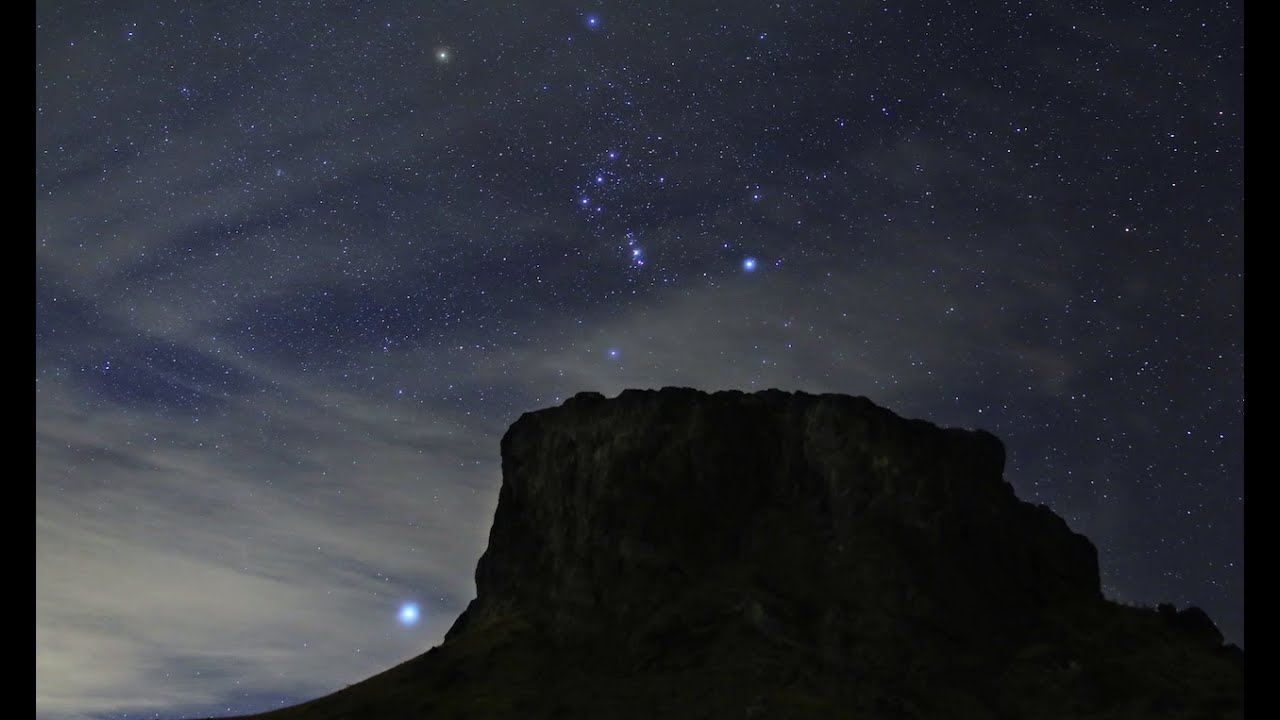Last Visible Comet During The Neanderthals Will Pass Earth In Early 2023
Early this year, comet will pass earth in early 2023 which was last seen while Neanderthals still inhabited the Earth. In its 50,000-year orbit around the sun, comet C/2022 E3 (ZTF) will come within 26 million miles of Earth on February 1, 2023, making it visible in the night sky.
Author:Rhyley CarneyReviewer:Paula M. GrahamJan 03, 202311.3K Shares171.4K Views

Early this year, comet will pass earth in early 2023which was last seen while Neanderthals still inhabited the Earth. In its 50,000-year orbit around the sun, comet C/2022 E3 (ZTF) will come within 26 million miles of Earth on February 1, 2023, making it visible in the night sky.
Currently, it may be seen with binoculars and small telescopes under clear skies; by the end of January, it should be accessible to the naked eye. The E3 comet has been seen by astronomers, and its coma is blue-green with a golden tail. In the summer of 2020, the last comet to light up the sky was the Neowise comet.
Comet Will Be Closest On February 1
It has been confirmed by NASA that the comet will be at its closest approach to Earth on February 1 of this year, while it may also be seen in the final week of January. It's important to remember that the comet will still be 42.5 million kilometers from Earth, so there's no need to freak out just yet.
Currently, on a lengthy trek toward the Sun, it will orbit the star and then come back our way, making its big entrance in around a month's time. It's important to get a glimpse of Comet C/2022 E3 while you still can since it will disappear for another 50,000 years (unless you hold the secret to an extraordinarily long life).
If this is true, then the last time it was visible from Earth was back when the Neanderthals were still around during the Ice Age. According to the Daily Mail, the comet will be seen in the morning sky in the Northern Hemisphere as it travels from the northeast to the northwest and passes past the Little and Big Dippers in January.

What's Up: January 2023 Skywatching Tips from NASA
Comet C/2022 E3 (ZTF) Discovery
A freshly discovered comet has entered the inner solar system and is heading toward the Sun, causing great excitement among astronomers. On January 12, comet C/2022 E3 (ZTF) will go as near to the Sun as it can, and on February 2, it will swing by Earth on its way to a close encounter.
NASA says comets are mostly made of ice that has been covered with a dark organic substance. These 'dirty snowballs,' as they are often called, might provide key information about the birth of our solar system. Life's essential ingredients—water and organic compounds—might have made their way to prehistoric Earth and other planets in the solar system through comets.
Zwicky Transient Facility's wide-field survey camera saw comet C/2022 E3 (ZTF) for the first time in March of last year when it was still well inside Jupiter's orbit. At first, thought to be an asteroid, but it was later discovered that the Sun's heat had begun vaporizing the ice, giving rise to a tail. It was 17.3 in magnitude when it was first seen.
Nasa has said that the ice body is readily visible via binoculars, and if its brightness continues to increase, it may soon be seen to the naked eye under dark skies.
Telescope data suggests the comet has a period of around 50,000 years and that it last appeared in the sky above Earth during the Upper Paleolithic when Neanderthals inhabited the Earth and early homo sapiens had barely emerged.
“„Comets are notoriously unpredictable, but if this one continues its current trend in brightness.- NASA
According to NASA's latest report, the comet will be visible in the dawn sky in the Northern Hemisphere in January as it rapidly heads northwest, and in the early days of February, it will become visible in the Southern Hemisphere.
“„This comet isn't expected to be quite the spectacle that Comet NEOWISE was back in 2020. But it's still an awesome opportunity to make a personal connection with an icy visitor from the distant outer solar system.- NASA
Last Seen During Upper Paleolithic Period On Earth
The comet has a period of around 50,000 years, as calculated by NASA's Jet Propulsion Laboratory (JPL). This indicates that the last time it got this near to Earth was during the Upper Paleolithic era before it came within around 100 million miles (160 million kilometers) of the sun on January 12 and 26 million miles (42 million kilometers) of Earth on February 2.
This suggests that the last group of people who may have seen C/2022 E3 (ZTF) were early homo sapiens living during the last glacial era or ice age. The final perihelion of C/2022 E3 occurred around 10,000 years after the extinction of the Neanderthals, therefore the same may be said of them (ZTF).
C/2022 E3 (ZTF) was discovered after the last ice age, therefore it's unlikely that Neanderthals or early humans knew about it. In early March of 2022, the Zwicky Transient Facility's wide-field survey camera observed the comet.
C/2022 E3 (ZTF), which was first misidentified as an asteroid, started to brighten in the characteristic manner of comets not long after entering Jupiter's orbit. The initial magnitude of C/2022 E3 (ZTF) was 17.3, and it has now brightened to a magnitude of 10 since November.
As seen in recent imagery, C/2022 E3 (ZTF) has a long, weak cometary tail that extends from its main body and is surrounded by a coma, or halo, of gas and dust that emits greenish light.
Final Words
Comet C/2022 E3 (ZTF) is in the inner solar system. It will reach perihelion on January 12 and perigee on February 1–2. If the comet brightens, it may be seen in gloomy skies. Even if C/2022 E3 (ZTF) fades, it should be visible with binoculars or a telescope for many days surrounding its near approach. Comets are hard to anticipate.

Rhyley Carney
Author

Paula M. Graham
Reviewer
Latest Articles
Popular Articles